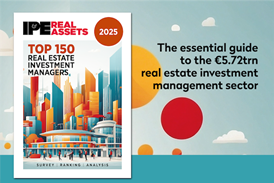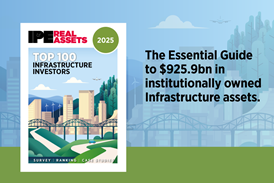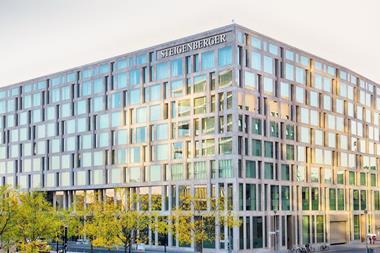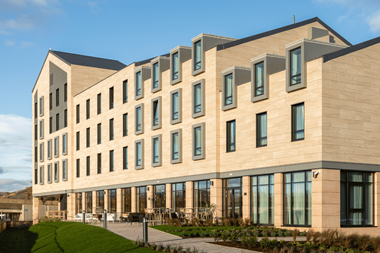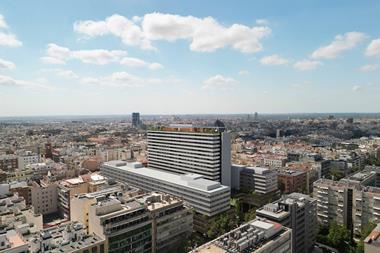In 2018, just €10.5 bn of retail properties in Germany changed hands, according to CBRE, a decline of 25% compared with 2017.
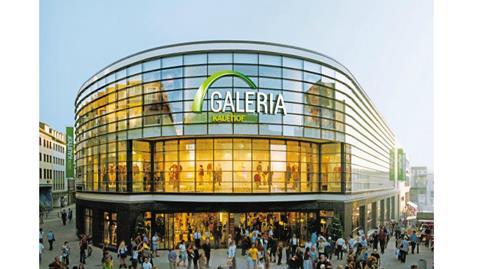
While the result marginally exceeds the long-term average, the transaction volume reflects current market challenges, CBRE said.
'At €2.4 bn, the final quarter was especially disappointing. Several larger deals were delayed and postponed until 2019,' said Jan Schönherr, co-head of Retail Investment at CBRE Germany. 'All in all, we anticipate the demand for retail property in 2019 at the level of the previous years, with investors continuing to focus on properties in the food market segment.'
Market activity was determined above all by the Kaufhof and Karstadt merger that took place in the third quarter of 2018, the data shows, as 'inner-city retail properties in top locations increased their share in the overall volume to 39% (€4.1 bn)', according to Jan Dirk Poppinga, co-head of retail investment at CBRE Germany.
However, 'the proportion invested in shopping centres in particular declined significantly', Poppinga said, reaching just €1.3 bn (13%) in 2018, compared to €2.7 bn (20%) a year before.
'Retail warehouses and retail parks remain the dominant asset class with a transaction volume of €4.4 bn and a share of 42%,' Poppinga added. 'Strong investor interest in retail warehouse properties is evident from the yields that slipped further toward the end of the year, particularly for retail parks.'
Despite the declines in volumes, international investors raised their share in investment activities by 5.0 percentage points, accounting for 42% of nationwide transactions. In the Top 7 locations, this share reached 53%.
Market activities tended to be directed more toward the metropolitan regions. The Top 7 locations’ deal share increased to 28% by year end. Berlin alone registered a transaction volume of more than €1 bn.
